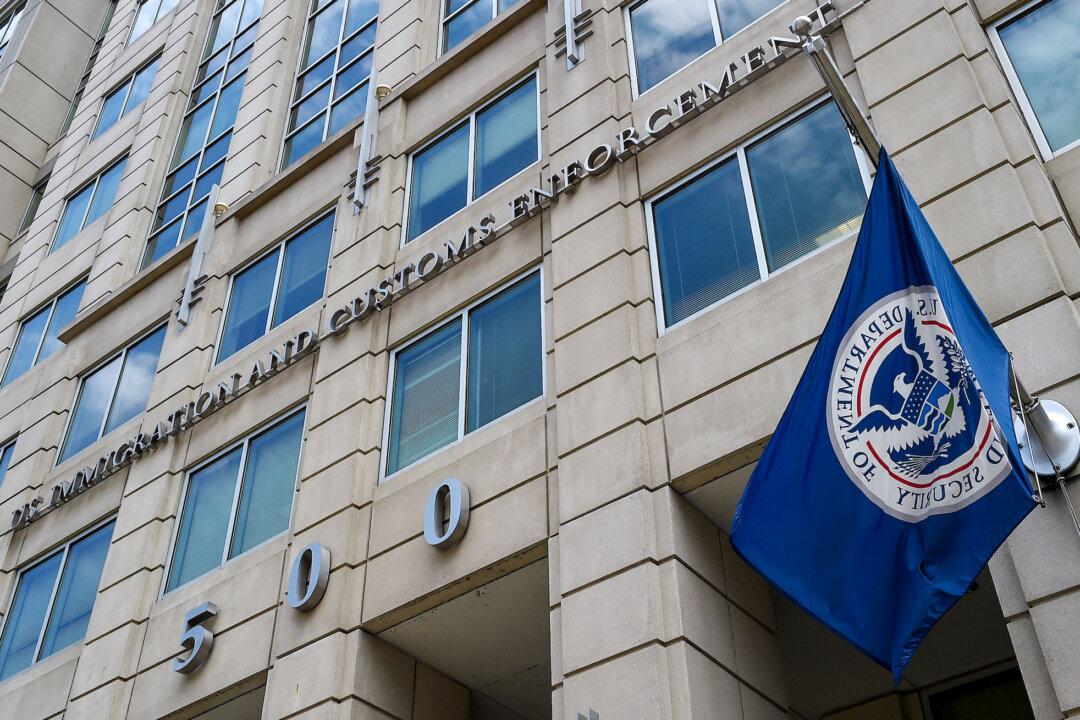Federal Reserve Chair Jerome Powell said Wednesday that he expects a normalization of the supply chain snarl that has led to shortages of key production materials and helped push inflation up to a 30-year high, but the timing of the fix remains “highly uncertain.”
“Our tools cannot ease supply constraints,” Powell said, referring to the Fed’s monetary policy arsenal, which was deployed in full force to help lift the economy from the pandemic lows but which has become increasingly at odds with rampant inflation.
Powell added that Fed policymakers “continue to believe that our dynamic economy will adjust to the supply and demand imbalances, and that as it does, inflation will decline to levels much closer to our 2 percent longer-run goal.” His remarks come as inflation has been running hot, with the Fed’s preferred inflation gauge—the so-called core PCE price index—stuck at an annualized 3.6 percent for each the past four months in a row, a 30-year high.
“Of course, it is very difficult to predict the persistence of supply constraints or their effects on inflation,” Powell said. “Global supply chains are complex; they will return to normal function, but the timing of that is highly uncertain.”
Bankrate Chief Financial Analyst Greg McBride told The Epoch Times in an emailed statement that Powell’s remarks about the Fed’s inability to fix supply-side issues suggest little appetite for a faster interest rate hike.
“The Fed statement devoted a fair amount of ink to the supply chain constraints and the imbalances between supply and demand that have produced such sharp price increases,“ McBride said. ”This is important because a supply issue is not something that will be fixed by raising interest rates, but which would definitely have the effect of cooling demand. This may temper rate hike expectations in the second half of 2022 just a bit.”

“Each sector that is involved in this particular combination of black swan events has really got to try and address its particular issues,” Huxley told the outlet, adding that the shipping industry is responding by expanding its fleet, but noted that most of the new capacity won’t come online until 2023 at the earliest.
Huxley said more investment in ports, roads, and bridges would help ease the supply-side crunch, but that could take years before it has an impact.
“All of these issues, they are here to stay for quite a while to come,” Huxley said, adding that this will push up consumer prices and lead to shortages of some goods.
“Where are we going to be next Christmas? I expect [these] supply chain constraints to be a little better but it won’t be completely fixed,” Simon Segars, CEO of ARM Holdings, said at the Web Summit in Lisbon, according to AFP. “This isn’t a short-term problem with a short-term solution.”





